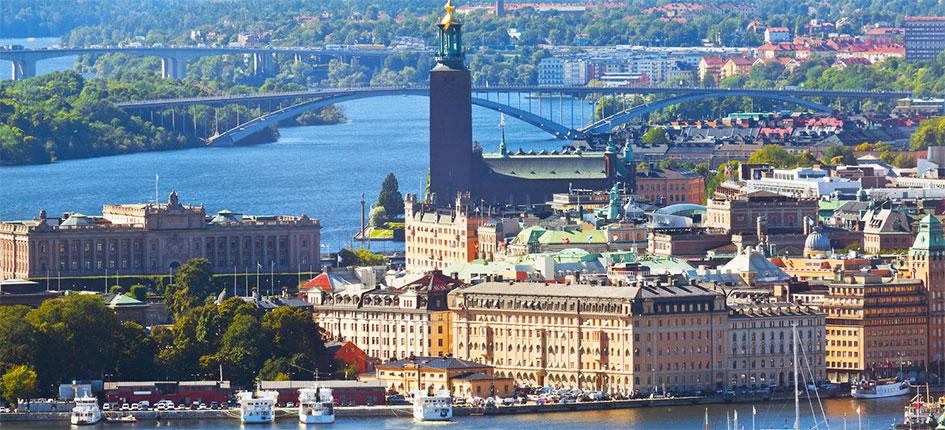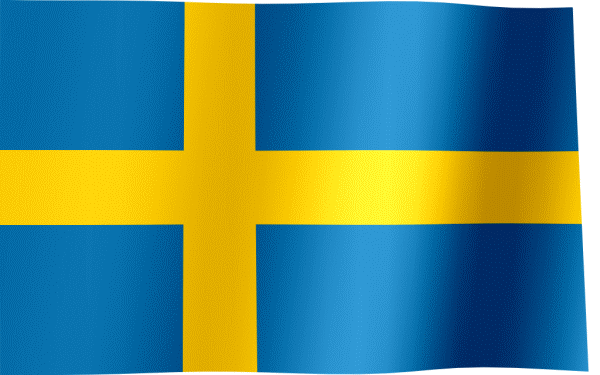Immigration/Work/Business Visa for Sweden

Sweden is an inadequately populated nation, described by its long coastline, broad forests and various lakes. It is one of the world's northernmost nations. As far as the surface region it is practically identical to Spain, Thailand or the American condition of California. Sweden's borders have been unaltered since 1905 and the nation has not been at war since 1814.
Sweden encounters extraordinary complexities between its long summer days and similarly long winter evenings. In the late spring, the sun remains in the sky all day and all night in the parts of the Sweden north of the Arctic Circle, however even as far south as Stockholm (59°N) the June evenings have just a couple of hours of semi-murkiness. The latest Ice Age finished just around 10,000 years back, and the weight and development of the ice sheet profoundly affected the scene. The hard outcrops of basic shake were cleaned into the rounded shapes normal for Sweden's archipelagoes, and hollows were developed into valleys and lakes.
During the last Ice Age, quite a bit of Sweden was secured by a thick layer of ice. By 6,000 BC, when that ice finally melted it exited afterward a profoundly indented coastline (in the south) with numerous islands, and endless lakes, waterways, and rivers spread over the whole nation. In the north ( over the Arctic Circle) Sweden is rough with snow-secured mountains and thick forests, while central Sweden is overwhelmed by lower mountains in the west that offer approach and to intensely forested slopes and edges, and many rivers and an expected 101,000 lakes. In the south, huge lakes and broadly developed fields extend over the land. Sweden's border with Norway is secured by the Scandinavian Mountains, or in Swedish, the Kolen Mountains. These are generally low-level mountains, as Sweden's most elevated point, Kebnekaise, remains at only 2,111 meters (around 7,000 ft.)
Sweden encounters extraordinary complexities between its long summer days and similarly long winter evenings. In the late spring, the sun remains in the sky all day and all night in the parts of the Sweden north of the Arctic Circle, however even as far south as Stockholm (59°N) the June evenings have just a couple of hours of semi-murkiness. The latest Ice Age finished just around 10,000 years back, and the weight and development of the ice sheet profoundly affected the scene. The hard outcrops of basic shake were cleaned into the rounded shapes normal for Sweden's archipelagoes, and hollows were developed into valleys and lakes.
During the last Ice Age, quite a bit of Sweden was secured by a thick layer of ice. By 6,000 BC, when that ice finally melted it exited afterward a profoundly indented coastline (in the south) with numerous islands, and endless lakes, waterways, and rivers spread over the whole nation. In the north ( over the Arctic Circle) Sweden is rough with snow-secured mountains and thick forests, while central Sweden is overwhelmed by lower mountains in the west that offer approach and to intensely forested slopes and edges, and many rivers and an expected 101,000 lakes. In the south, huge lakes and broadly developed fields extend over the land. Sweden's border with Norway is secured by the Scandinavian Mountains, or in Swedish, the Kolen Mountains. These are generally low-level mountains, as Sweden's most elevated point, Kebnekaise, remains at only 2,111 meters (around 7,000 ft.)

Your Sweden Visa Options
- Work Visa
- Student Visa
- Visit Visa
- Business Visa
- Family Visa
